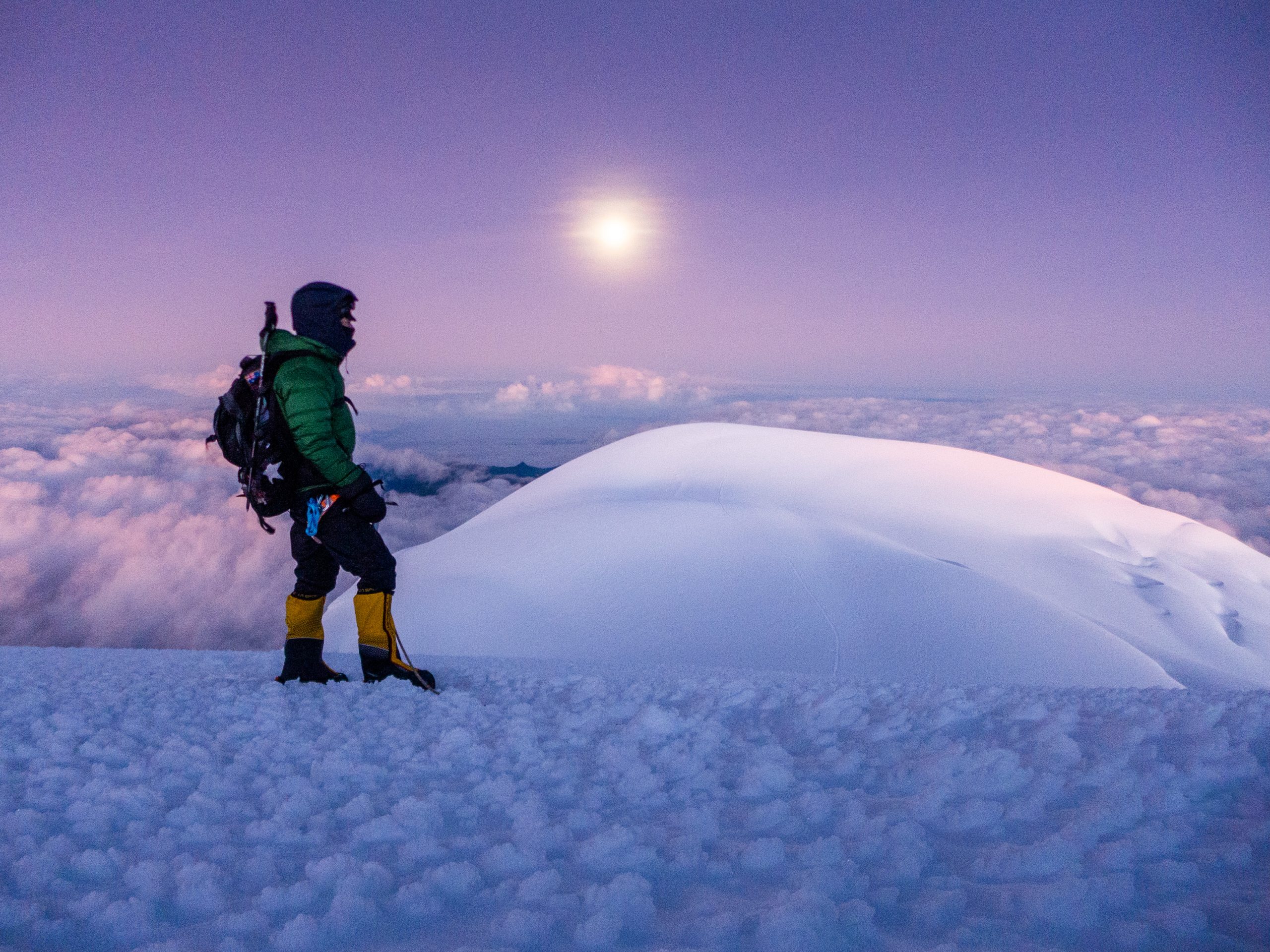Ronan Murphy fell in love with mountaineering over a decade ago in the last financial crash. He was at the time, he recalls, “slinging corporate bonds” for investment bank Merrill Lynch as a junior trader. Murphy had joined the investment bank from CitiGroup after college in UCD and school in St Mary’s College in Rathmines. It was a frenetic time to be on a bonds desk as the world’s biggest banks came to the brink of toppling and in some cases fell. As 2008 drew to a close Bank of America stepped in to buy Merrill Lynch on the same…
Cancel at any time. Are you already a member? Log in here.
Want to read the full story?
Unlock this article – and everything else on The Currency – with an annual membership and receive a free Samsonite Upscape suitcase, retailing at €235, delivered to your door.

